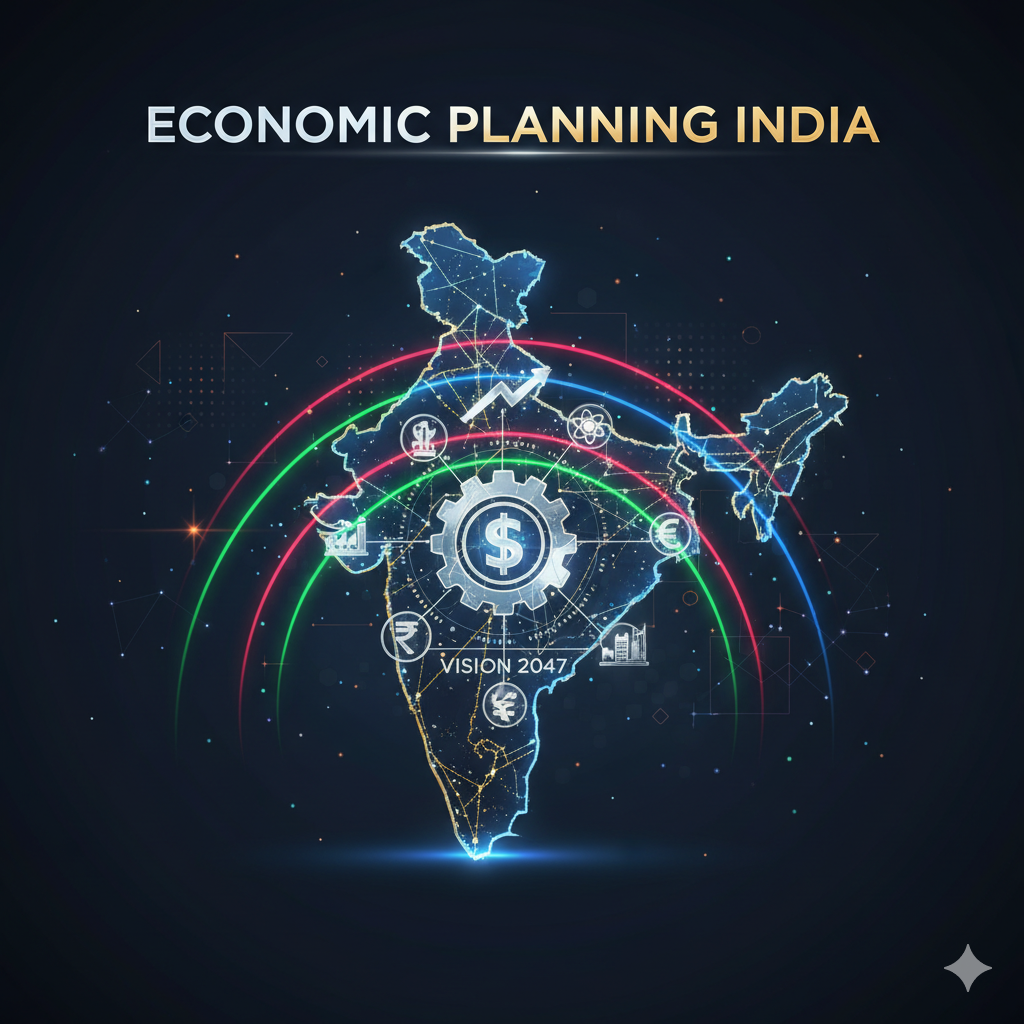Food security, a fundamental right and necessity, ensures that all individuals have access to sufficient, safe, and nutritious food to meet their dietary needs and preferences for an active and healthy life. Despite significant strides in policy-making and implementation, India continues to face persistent challenges in achieving food security for its vast and diverse population. The nation’s efforts are constrained by factors like poverty, inadequate infrastructure, climate change, and systemic inefficiencies. This essay delves into India’s food security challenges while analyzing the measures taken to address them.
Current Status of Food Security in India
India has made substantial progress in improving food availability since independence. The Green Revolution in the 1960s increased agricultural productivity, ensuring surplus food production. Policies like the Public Distribution System (PDS), Mid-Day Meal Scheme, and Mahatma Gandhi National Rural Employment Guarantee Act (MGNREGA) have provided avenues for improving food access and affordability.
However, food security in India continues to suffer due to its multidimensional nature. The Global Hunger Index 2023 ranked India poorly, reflecting significant levels of undernutrition and child wasting. This paradox of surplus food production coexisting with widespread hunger underscores deeper systemic issues.
Key Challenges in Ensuring Food Security in India
1. Poverty and Economic Inequalities
Poverty remains a critical barrier to food access. While India has seen economic growth, income inequality persists, limiting purchasing power among marginalized sections of society. The rural population, which forms the bulk of India’s poor, struggles to afford nutritious food despite agricultural advances.
2. Inefficiencies in the Public Distribution System (PDS)
The PDS, intended to provide subsidized grains to the poor, faces significant leakage and corruption. Reports suggest that a large portion of food grains allocated for distribution never reaches the intended beneficiaries, getting siphoned off at various stages.
3. Climate Change and Agricultural Vulnerability
Climate change exacerbates food insecurity by increasing the frequency of extreme weather events like droughts, floods, and cyclones. These phenomena disrupt agricultural productivity, especially in rain-fed regions where small-scale farmers depend on predictable weather patterns.
4. Fragmented Agricultural Holdings
India’s agriculture is predominantly small-scale, with 86% of farmers owning less than 2 hectares of land. Small and fragmented landholdings reduce economies of scale, limit mechanization, and hinder productivity.
5. Post-Harvest Losses and Food Waste
Inefficiencies in supply chains lead to significant post-harvest losses. Inadequate cold storage facilities, poor transportation infrastructure, and lack of processing facilities result in wastage of fruits, vegetables, and grains.
6. Nutritional Security Overlooked
India’s food security measures primarily focus on calorie intake rather than nutritional quality. This has led to a situation where people have access to staple foods like rice and wheat but lack essential micronutrients like vitamins and minerals.
7. Gender Inequalities
Women play a central role in ensuring household food security but often face unequal access to resources, education, and opportunities. Malnutrition among women directly affects their children, perpetuating a cycle of undernourishment.
8. Population Growth
India’s rapidly growing population puts immense pressure on its food production and distribution systems. Balancing the demand for food with sustainable agricultural practices is a significant challenge.
Government Measures to Address Food Security
1. National Food Security Act (NFSA), 2013
The NFSA aims to provide subsidized food grains to nearly two-thirds of India’s population. It legally entitles beneficiaries to receive 5 kilograms of food grains per person per month at highly subsidized rates.
2. Integrated Child Development Services (ICDS)
ICDS provides food, preschool education, and primary healthcare to children under 6 years and their mothers. This scheme addresses nutritional needs at the grassroots level.
3. Mid-Day Meal Scheme
This program provides free meals to schoolchildren, improving both nutritional outcomes and school enrollment rates. It is one of the world’s largest school feeding programs.
4. Pradhan Mantri Garib Kalyan Anna Yojana (PMGKAY)
Introduced during the COVID-19 pandemic, this scheme distributed free food grains to alleviate the crisis’s impact on food security.
5. Kisan Credit Card (KCC) and PM-Kisan Scheme
These initiatives provide financial support to farmers, ensuring better access to credit and resources for sustainable agricultural practices.
Persistent Challenges Despite Measures
1. Implementation Gaps
Despite robust policies, ground-level implementation remains poor. Bureaucratic inefficiencies, lack of monitoring, and corruption dilute the impact of these programs.
2. Urban-Rural Divide
Urban areas often have better access to food and resources, while rural and tribal regions suffer from chronic undernourishment due to poor infrastructure and connectivity.
3. Focus on Quantity over Quality
Food security schemes focus more on providing calories through staples like rice and wheat, overlooking the importance of diverse diets with fruits, vegetables, and proteins.
4. Overdependence on Rice and Wheat
India’s PDS is heavily skewed towards rice and wheat, discouraging the cultivation and consumption of other nutritious crops like millets, pulses, and oilseeds.
5. Insufficient Climate Adaptation
Climate-resilient agricultural practices are not widely adopted. Farmers often lack awareness and resources to transition to sustainable methods, leaving them vulnerable to climate shocks.
Potential Solutions to Overcome Challenges
1. Strengthening the PDS
- Implementing end-to-end digitization of the supply chain.
- Promoting direct benefit transfer (DBT) to reduce leakages.
2. Encouraging Crop Diversification
- Promoting the cultivation of climate-resilient crops like millets, pulses, and oilseeds.
- Integrating these crops into food security schemes.
3. Investing in Infrastructure
- Building cold storage facilities and efficient transport systems to reduce post-harvest losses.
- Enhancing irrigation facilities to mitigate dependency on monsoons.
4. Addressing Nutritional Security
- Expanding fortified foods under government schemes.
- Creating awareness about balanced diets through education programs.
5. Empowering Women
- Providing women farmers with equal access to resources, credit, and education.
- Addressing gender-based disparities in food distribution within households.
6. Adopting Sustainable Agriculture
- Promoting organic farming, agroforestry, and other sustainable practices.
- Providing incentives for the adoption of renewable energy in agriculture.
7. Population Stabilization
- Strengthening family planning programs to manage population growth and reduce pressure on resources.
Conclusion
India’s journey toward achieving food security has been marked by remarkable progress, but significant challenges remain. A multifaceted approach addressing poverty, infrastructure, climate change, and nutritional quality is essential. While government policies like the NFSA and PDS have laid a solid foundation, their implementation needs to be strengthened, and their scope expanded to include diverse and nutritious foods. Empowering marginalized communities, especially women, and adopting sustainable agricultural practices will ensure long-term food security. Collaborative efforts from the government, private sector, and civil society are crucial to building a food-secure India where every citizen has access to healthy and adequate food.




